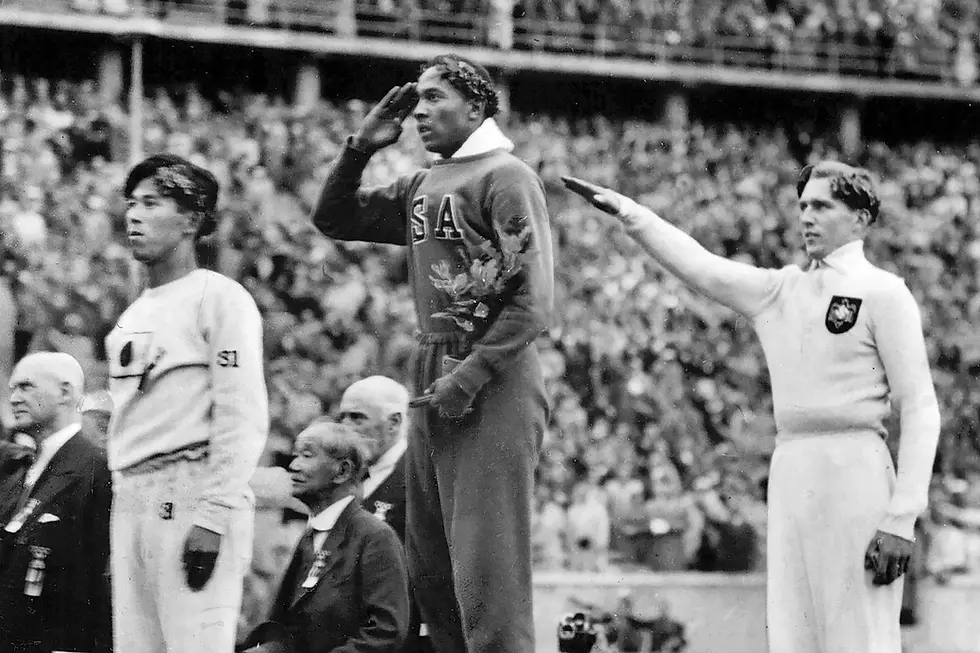The Magic of "The Wizard of Oz" (1939): Cinema’s First Color Film?
- demacedogroup
- Mar 30
- 3 min read

The Wizard of Oz (1939): Was It Really the First Color Film?
When audiences first watched Dorothy step into the vibrant, technicolor world of Oz in The Wizard of Oz (1939), it felt like cinematic history was being made. For many, this beloved classic remains synonymous with the advent of color filmmaking. But was it truly the first color film? Let’s dive into the enchanting story of The Wizard of Oz, its pioneering use of color, and its enduring legacy.
Breaking the Myth: Color Films Before Oz
Contrary to popular belief, The Wizard of Oz was not the first color film. Color cinema had been around for decades before Dorothy donned her ruby slippers. Early examples include hand-painted silent films in the 1900s and the use of two-tone Technicolor in the 1920s. By the time The Wizard of Oz was released, films like Becky Sharp (1935), the first full-length feature in three-strip Technicolor, had already graced the silver screen.
What makes The Wizard of Oz stand out, however, is its groundbreaking use of color as a storytelling device. The transition from sepia-toned Kansas to the dazzling Technicolor land of Oz was a cinematic marvel that left audiences spellbound.
The Magic of Technicolor in Oz
Technicolor wasn’t just a novelty in The Wizard of Oz; it was integral to the narrative. The film’s creators used color to symbolize Dorothy’s journey from the mundane reality of Kansas to the fantastical vibrancy of Oz. The iconic scene where Dorothy opens the door to Oz marked a defining moment in cinematic history, showcasing the full potential of Technicolor technology.
The vivid hues of the Yellow Brick Road, the Emerald City, and, of course, Dorothy’s ruby slippers brought the story to life in ways that black-and-white films simply couldn’t achieve. This clever use of color captivated audiences and cemented the film’s place in Hollywood legend.
Behind the Scenes: A Cinematic Feat
The production of The Wizard of Oz was as ambitious as the film itself. Technicolor required intense lighting, which made filming both costly and challenging. The heavy cameras and complex lighting setups pushed the limits of 1930s filmmaking.
Moreover, Judy Garland’s iconic ruby slippers, originally silver in the book, were changed to red to take full advantage of Technicolor’s brilliance. This decision proved pivotal, making the slippers one of the most memorable symbols in movie history.
Why The Wizard of Oz Still Captivates Today
Even after decades, The Wizard of Oz continues to resonate with audiences worldwide. Its universal themes of home, courage, and friendship, combined with its visual splendor, have made it a timeless classic.
Modern remastering efforts have only enhanced its vibrant colors, ensuring new generations can appreciate the magic of Oz in all its glory. The film’s influence extends beyond cinema, inspiring countless adaptations, tributes, and cultural references.
A Landmark in Film History
While not the first color film, The Wizard of Oz (1939) was undoubtedly a milestone in cinema. Its revolutionary use of Technicolor, coupled with a compelling story, set new standards for filmmaking and remains an enduring masterpiece.
So, the next time you watch Dorothy click her heels and whisper, “There’s no place like home,” remember the pioneering spirit that made her journey so unforgettable.
Key Takeaways:
The Wizard of Oz was not the first color film but elevated the art form to new heights.
The transition from sepia to Technicolor remains a historic cinematic moment.
The film’s innovative use of color storytelling changed Hollywood forever.
Final Thoughts
The Wizard of Oz 1939 first color film may not have been the world’s first color film, but its cultural and technological impact make it one of the most significant. As Dorothy’s adventure continues to enchant audiences, its legacy as a turning point in cinema history remains as vibrant as ever.





















Comments